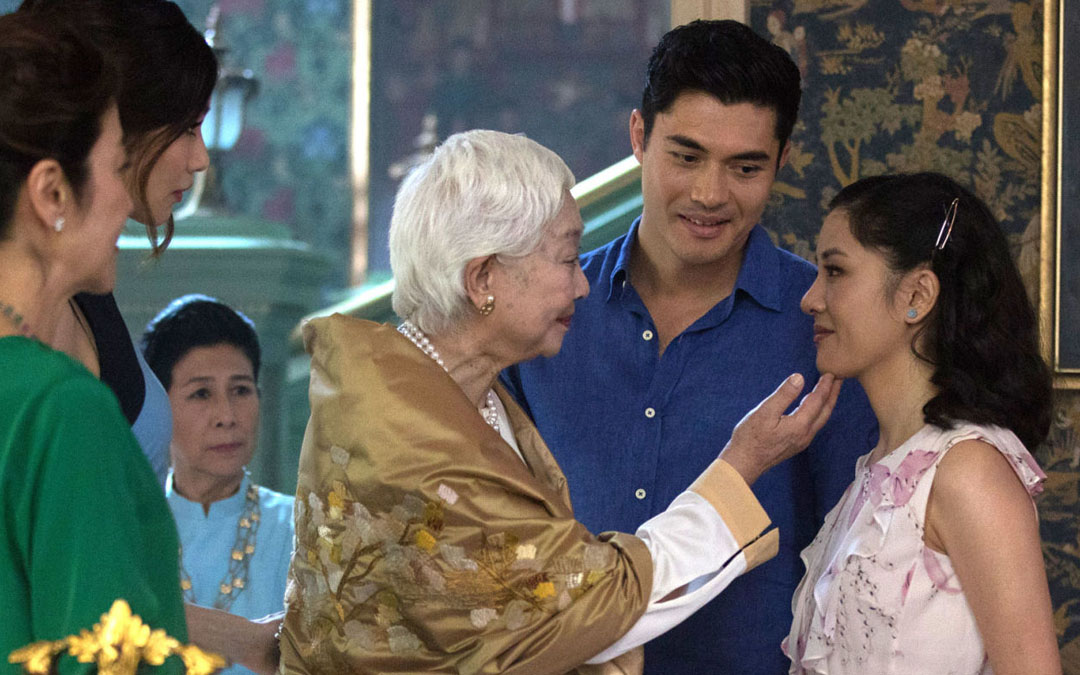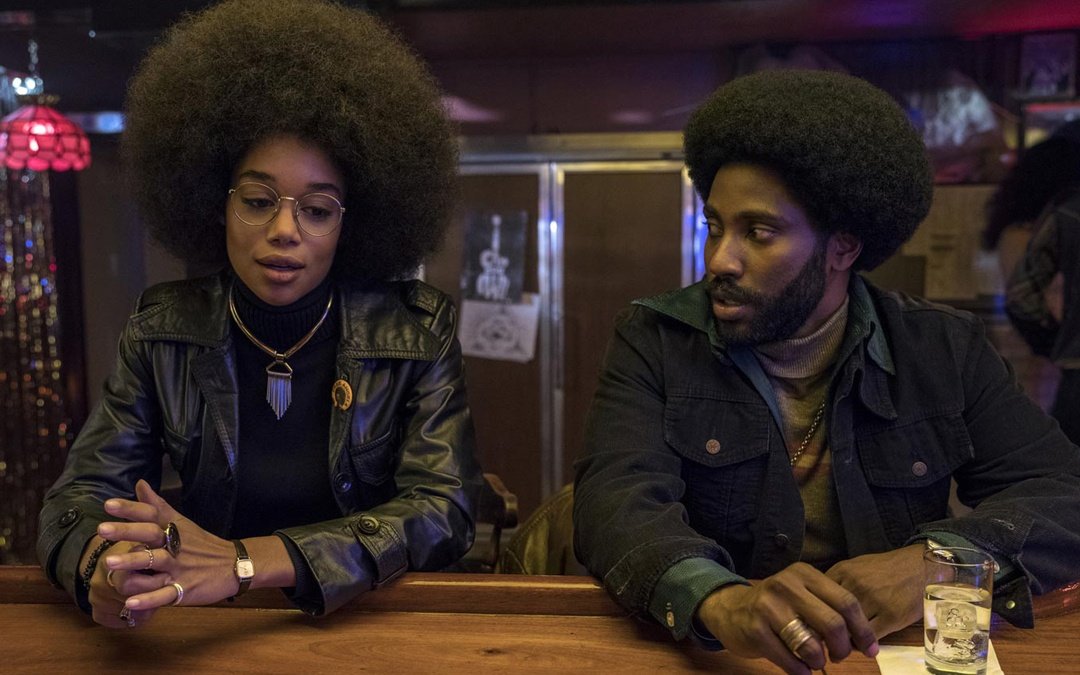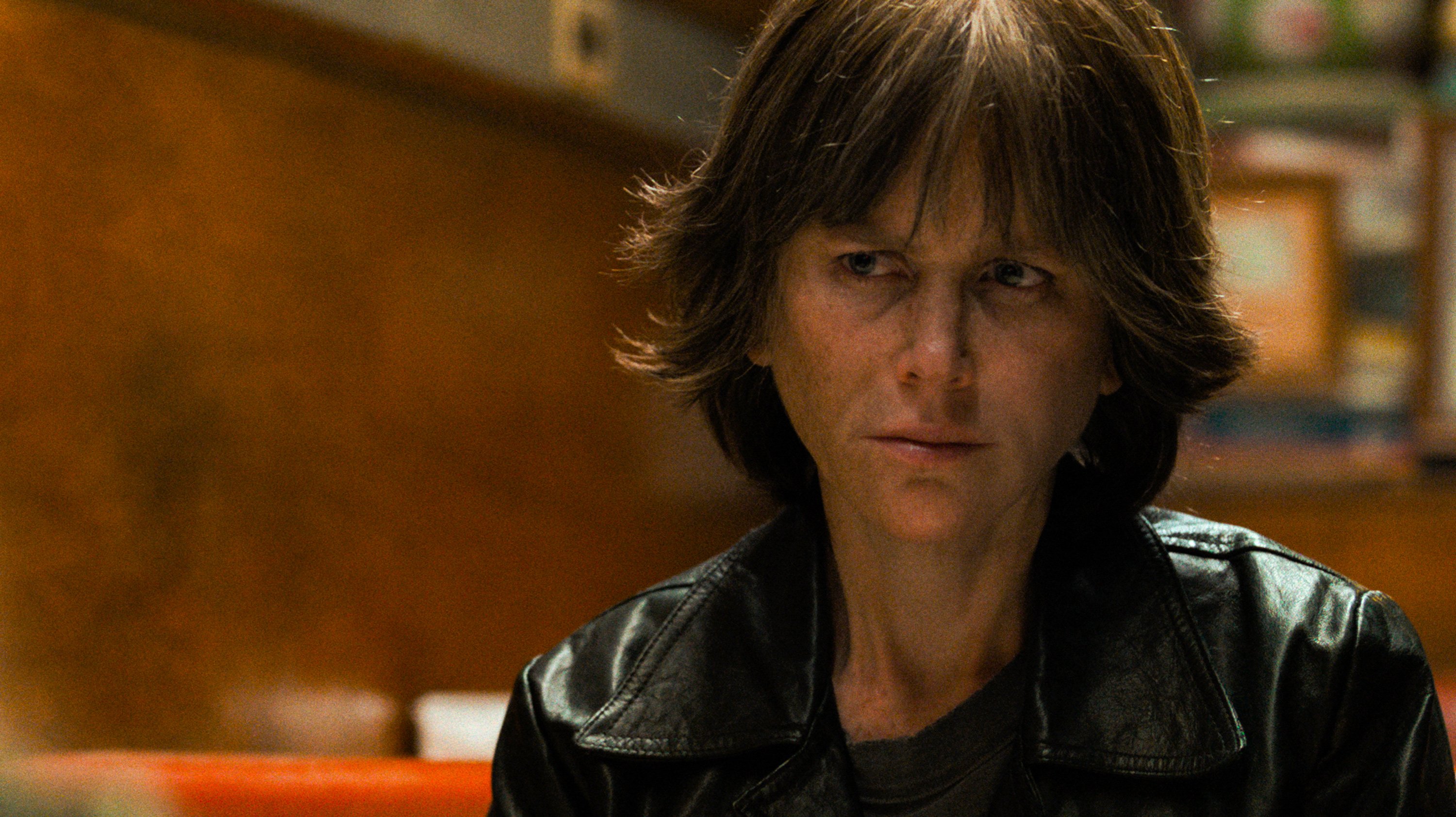All the Write Moves: 'Can You Ever Forgive Me'
November 12, 2018
Simultaneously delicate and tough, Can You Ever Forgive Me? introduces viewers to Lee Israel, a real-life figure who made her name as a biographer before starting a clandestine new career by forging letters credited to Noël Coward, Dorothy Parker and other great writers of the past. Featuring an award-worthy performance by Melissa McCarthy, who plays Lee, the seriocomic picture also boasts extraordinary work by Richard E. Grant, who plays Lee’s perpetually besotted friend, Jack. Together, they form a strange criminal alliance fueled by her passion for literature and his facility for prevarication.
Based on Israel’s memoir, Can You Ever Forgive Me? was written by Nicole Holofcener and Jeff Whitty. Holofcener is a formidable writer/director on the indie scene who nearly helmed this picture (the job eventually went to Marielle Heller), and Whitty is a Tony-winning playwright. Together, they add layer upon layer of complexity and pathos to the film’s characterizations, while also achieving a near-perfect balance of comedy and drama.
Although much of the critical attention lavished on the picture will focus on McCarthy and Grant — both richly deserve kudos — it’s worth taking time to marvel at the superlative craftsmanship of the film’s nervy screenplay. Among many other unusual things, Can You Ever Forgive Me? presents an unlikeable protagonist without apologizing for or softening the character’s personality.
Your services are no longer required
In the film’s opening scene, Lee torpedoes her day job by drinking booze at her desk and telling a superior to — well, let’s just say her language is literally NSFW. This scene is sly on many levels, providing a succinct introduction to Lee’s difficult personality and revealing what she perceives as a great imbalance. After being told to pack up and leave, Lee pathetically holds up the document she’s editing and says that she’s almost done; as if to suggest that because she’s competent at her core skill, nothing else about her conduct should matter.
The scene works as more than just character development, however: The firing topples Lee’s fragile economic situation. Even with the day job, we learn, she was behind on her rent and unable to afford veterinary services for her beloved cat. Thus when circumstances reveal to Lee the monetary value of literary correspondence, she’s sufficiently desperate to commit fraud. In other words, the movie’s first scene is an ending that is also a beginning. We often see this storytelling technique used in broad comedies, since a job loss is a great way to illustrate that a protagonist is in crisis, but the use of the technique in Can You Ever Forgive Me? operates at a higher level than usual.
Viewed in the context of the overall story, the firing in Can You Ever Forgive Me? represents the beginning of Lee’s separation from civilization as she ventures into an underworld of deception, risk and self-destruction. Moreover, the nature of Lee’s firing — specifically, that she brought it on herself — suggests that she was poised to begin separating way before the events of the film.
Takeaway: Beginning with an ending can be powerful
Uneasy does it
Some movies are designed to make viewers feel good — musicals that set life to upbeat melodies, comedies that punctuate every situation with a punch line, inspirational biopics that celebrate the best things humans can achieve. Others are designed to make viewers feel bad — horror flicks that frighten and shock, war pictures that illustrate the devastation of armed conflict. And then there are movies like Can You Ever Forgive Me? — those designed to make viewers uncomfortable; to strand the audience in a sort of emotional limbo.
The aforementioned opening scene demonstrates one technique used by the filmmakers: Confronting viewers with an antisocial protagonist. Yet the primary technique used in Can You Ever Forgive Me? to make viewers uncomfortable becomes clear later in the narrative. Once Lee begins her dangerous scheme, we feel her constant anxiety about getting caught. However, this anxiety is different from the sensation we encounter in, say, heist movies, wherein professional criminals accept risk as the cost of doing illegal business.
The sensation elicited by Can You Ever Forgive Me? stems from the way the filmmakers engendered sympathy for Lee before she became a forger. Through the reactions of those around her, we detect intelligence, resilience, sensitivity and even a malnourished form of compassion in Lee. It is not that she lacks the tools necessary to function in society — it is that, because of personal choices and/or the emotional problems that make it difficult for Lee to trust other people, she can’t see the purpose of functioning in society.
As a result, the further Lee descends into criminality, the more she changes from an eccentric to a low-grade sociopath. Each time she forges a new letter, it’s like watching an alcoholic take another drink; an easy nuance to miss seeing as how Lee is also literally an alcoholic, numbing herself with liquor in scene after scene.
We cringe watching Lee’s descent, certain in the knowledge that her comeuppance is impending and that it will destroy the one thing that makes her happy and proud: The ability to earn an income off literary skill. We cringe because rather than some one-dimensional monster or some cold-blooded miscreant, Lee is ill, and the first step toward a cure is the destruction of her fragile identity.
What could be more discomfiting than watching an individual endanger her soul because desperation has led her to believe she has no other option?
Takeaway: Use tone to get your audience invested in the protagonist’s journey
Happy Jack
The introduction of the central relationship in Can You Ever Forgive Me? happens in an offbeat way. The first time viewers meet Jack is not the first time Lee meets Jack; when he enters a bar and discovers Lee drinking, he recalls meeting at a party once, then prods her to summon memories of the event. When she does, the recollection is not flattering, but the process reveals many important things: Jack’s rascally charm, Lee’s unsentimental attitude toward him, and the way their lives were fated to intersect.
One can easily imagine a more conventional version of this story in which various edges are sanded off, and in which Jack becomes the character providing the audience’s perspective; a tragic vagabond drawn into Lee’s evil scheme, and a romantic dreamer who elevates Lee by breaking through her emotional walls with unflagging devotion. In this alternate version, starting the Jack/Lee dynamic with a clean slate instead of a messy backstory would be more efficient.
The makers of Can You Ever Forgive Me? don’t want to let the characters — or the audience — off that easily. Every turn in the narrative makes the story more twisted and upsetting, even though the narrative is viewed through a seriocomic prism that keeps the picture from being oppressively dark. Jack’s first scene is a case in point. Bringing him into the story as a brand-new X factor would have tipped the narrative scales, compelling the audience to see him as a potential change agent. Instead, we see him as another one of the strange threads that Lee weaves together while haphazardly creating the tapestry of her life.
From a screenwriting perspective, the point is that while it’s tempting to treat every new character as an extreme — either a totally fresh face or a metaphorically provocative blast from the past — something closer to reality often renders more interesting results. In this case, the notion that Jack and Lee know what they’re getting into by rekindling their acquaintance makes both of them seem even lonelier than they might seem otherwise.
Takeaway: Characters with baggage make stories rich
Written by: Peter Hanson
Peter Hanson is a Los Angeles-based writer, filmmaker and teacher. He directed the screenwriting documentary Tales from the Script, and he teaches at Pepperdine University and UCLA Extension. He provides script consulting at www.GrandRiverFilms.com.- Topics:
- Discussing TV & Film




